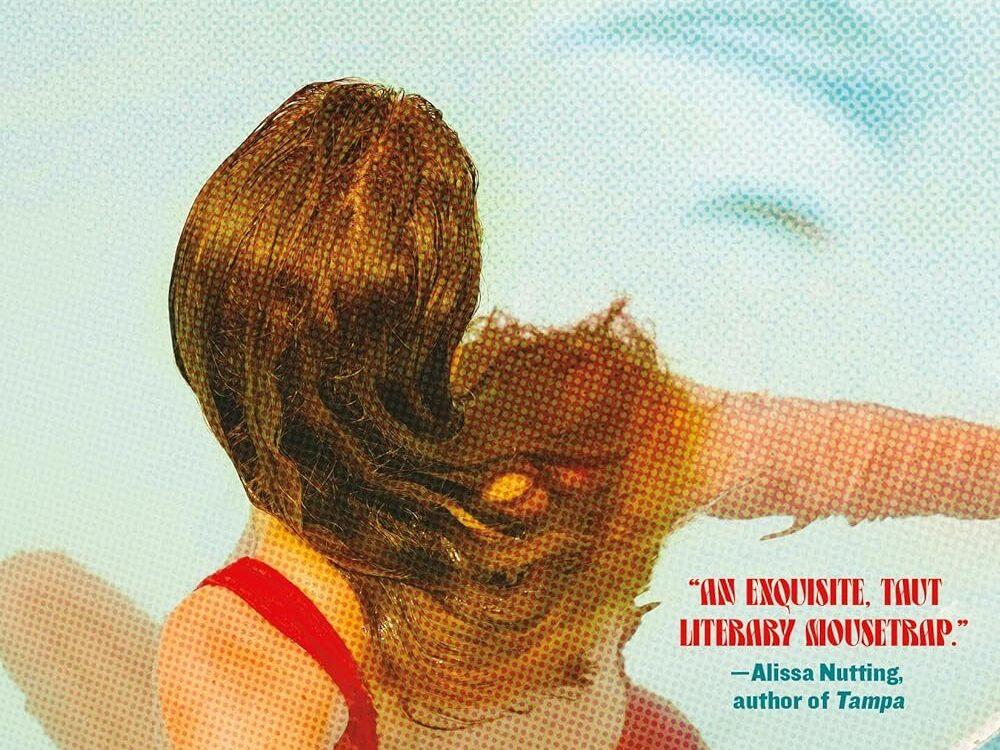Section Branding
Header Content
Blindsided by 'The Most': This is a superb novel of a marriage at its breakpoint
Primary Content
Jessica Anthony's new novel, The Most, blindsided me with its power, much like the cunning tennis strategy from which it gets its title. I don't say this often, but this superb short novel, about a marriage at its breakpoint, deserves to become a classic.
The Most takes place in Newark, Del., over the course of a single, unseasonably warm November day in 1957, which we experience from the two spouses' alternating points of view. We gradually learn a lot about this couple — their aspirations, their personalities, their backgrounds, and the infidelities and secrets they've kept, not altogether successfully, from each other.
Kathleen Lovelace Beckett is a former intercollegiate tennis champion who decided to marry a handsome, easygoing University of Delaware classmate after their graduation in 1948 rather than play professionally. When she wakes up "feeling poorly" one Sunday, nine years into their marriage, she tells her husband, Virgil, to take their two sons to church without her.
After they're gone, Kathleen pulls on her worn red swimsuit from college, pleased that it still fits over her expanded middle, and slips into the kidney-shaped pool in the depressing apartment complex where they've been living "temporarily" for six months and counting after moving back to Delaware from Pawtucket, R.I. Despite her disconcerted husband's repeated pleas during the course of the day as their elderly neighbors look on from their balconies, she refuses to get out. "Geez, Mrs. Beckett," Virgil cajoles Kathleen at one point. "Haven't you cooled off yet?"
With its echoes of John Cheever's "The Swimmer" and its midcentury details, we're expecting a new take on 20th century suburban malaise. But what we get — along with the green wall-to-wall carpet, the ominous launch of Russia’s Sputnik 2 carrying a doomed "Muttnik" named Laika into space, the '57 Buick Bluebird provided by Virgil's new employer, Equitable Life, against future sales that have not yet materialized — is a story about tradeoffs in marriage and life.
Anthony, who was born in Oneida, N.Y., lives in Maine, where she teaches at Bates College. She is the author of several novels, including the political satire Enter the Aardvark. Among its other merits, The Most offers a lesson in tight construction.
Bridges are a recurrent theme in this story about a married couple suspended over (and sometimes literally immersed in) troubled waters. During the course of this unusual Sunday, Virgil recollects a previously suppressed boyhood memory of seeing a veteran of World War I jump to his death off the newly opened Golden Gate Bridge in 1937. Kathleen recalls the summer of 1942, when her parents ("generous with money if not affection") hired 21-year-old Billy Blasko, a serious Czech-born student, to teach their 16-year-old daughter tennis. Billy's family came from a town "remarkable only for being home to a bridge that had been bombed in the first world war and then had been rebuilt" — before being bombed again during WWII. In 1942, he's living in an area dominated by the wealthy duPonts — which translates as "from the bridges" — while his Jewish family is stuck in Nazi-dominated Europe.
The son of a famous Czech tennis champion, Billy teaches Kathleen what his father taught him. Tennis, he instructs, is "a kind of dance." Billy drills her in the various moves and the many ways to hit a tennis ball while expanding her worldview by talking to her about what he calls "real subjects," including the war, politics and substantive books. Finally, shortly before their lessons come to an end (for reasons I'll leave to the reader to discover), Billy shares a killer move, meant to be used sparingly. He calls it "the most" — which, he tells Kathleen, translates to "bridge" in Czech. It essentially involves trapping your opponent at the net before letting loose a bomb. A bridge, Billy explains, isn't just a passage, but also a trap.
The strategy lends the novel not just its title, but also a tactic for breaking the impasse in which Kathleen and Virgil and their marriage are stuck. Kathleen, adrift in the pool, intends to blow things up, to detonate the status quo. Her deployment of this stratagem is at once a trap — to force Virgil's hand — and a passage, so they can move on together.
With The Most, Anthony has served an ace.

